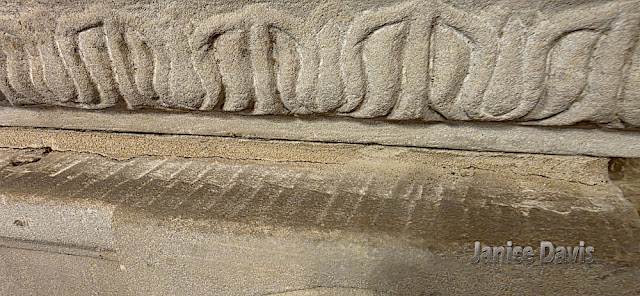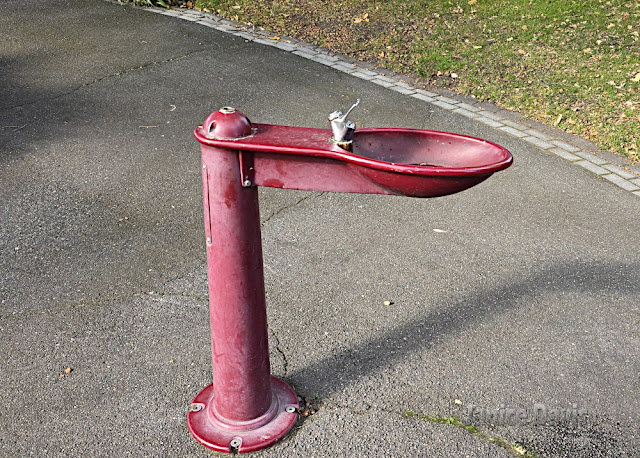Wednesday, 9 July 2025
Afternoon Tea at Ross
Friday, 4 July 2025
The Fireplace
This fireplace is located in a house in Ross, Tasmania and at the front or adjoining is a cafe and shop. I thought I'd done a post on inside the shop but can't find it, will do it later.
Saturday, 28 June 2025
Mountains and Shrubs
There are two mountains we can see from inside and outside of our house when looking to the east. The first photo is of Ben Lomond which is 1527 meters (5157 feet) at its highest peak. There is not much snow on Ben Lomond in our winter which is now, occasionally there is a decent amount. There is a snow making machine up there as well and it's used when a decent snowfall has fallen because some people do like to ski.
This first three photo were taken through the window, zoomed well in of course as it's about 1 hours' drive from home to begin the journey up the mountain. The first one is early in the morning, well it is for me, then the second photo shows the snow a bit later on in the morning. A link to part of the road up the mountain and the village [ here ]
Monday, 23 June 2025
Oak Tree in the Park.
Autumn tree in City Park, Launceston, Tasmania. It's an Oak tree and all the trees in the park have been planted and some are native to Australia.
Wednesday, 18 June 2025
A Drive on Sunday
Beautiful winters day last Sunday with the temperature being 15 deg C. We went for a drive to Legana a growing suburb 12 km from Launceston. There were several orchards in the area but of course some of the land was sold. There are still apple and cherry orchids plus other fruit trees. I took photos of the older area including an apple orchid. There is Tavern, Supermarket, Post Office, and a few other shops there so you don't have to come into the city to buy food.
Friday, 13 June 2025
City Park, Rotunda
City Park, Launceston, Tasmania.
It's always lovely to stroll in our City Park and that's what I did the other day whilst my husband stayed in the car.
The Rotunda in the park was built in 1908 and is dedicated to Chester Edwards, the Launceston City Band conductor. It was built with funds raised in part through local donations. The rotunda has a band play there mostly in the summer time on a Sunday. (Not a pop band).


















































